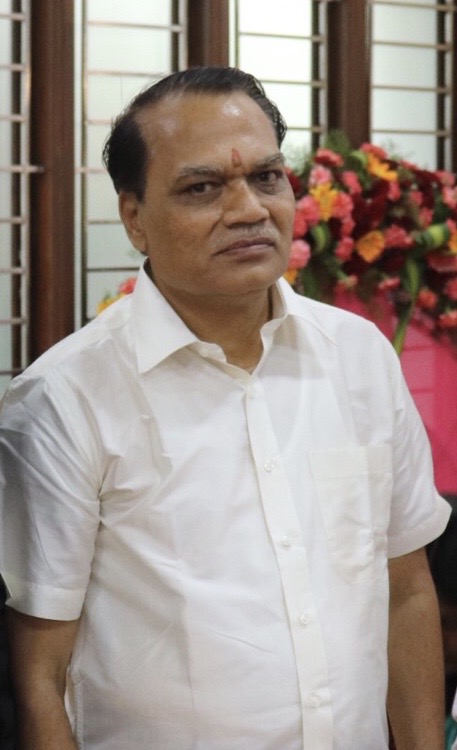13.
2025 (2) TMI 723 - AUTHORITY FOR ADVANCE RULING, RAJASTHAN - IN RE: M/S. HINDUSTAN ZINC LIMITED
Input tax credit - Whether input tax credit is available in relation to goods and services received for increasing the height of Tailing Dam used to disposal and treatment of hazardous waste of mining operations, known as tailings in terms of Section 17 (5) (c) and 17 (5) (d) of the Central Goods and Service Tax Act, 2017? - HELD THAT:- Ongoing through the submissions of the taxpayer, it is found that Tailing dams are constructed solely using the by-products generated during the second phase of conversion of ore into concentrates at the milling plant. During the second phase of conversion of ore into concentrates at milling plant, hazardous waste, known as tailings, a form of slurry is generated at the tail end of the benefication process. These tailings in the form of slurry consist of crushed rock, water, and chemicals left over after the extraction of minerals.
The provisions of section 17 (5) (c) and 17 (5) (d) of CGST Act, 2017 clarifies that GST paid on works contract, goods and services received by a taxpayer for construction of immovable property is not eligible for ITC. There are two exceptions in clause (d) to the exclusion from ITC provided in the first part of Clause (d). The first exception is where goods or services or both are received by a taxable person to construct an immovable property consisting of a “plant or machinery”. The second exception is where goods and services or both are received by a taxable person for the construction of an immovable property made not on his own account. Construction is said to be on a taxable person’s “own account” when (i) it is made for his personal use and not for service or (ii) it is to be used by the person constructing as a setting in which business is carried out. However, construction cannot said to be on a taxable person’s “own account” if it is intended to be sold or given on lease or license.
When the immovable property is in the nature of plant and machinery, then the works contract, goods and services received for construction of plant and machinery will be eligible for ITC and will not be hit by the restriction under the said clause (c) or (d) of Section 17 (5) of the CGST Act, 2017.
Since tailing dams are resting on foundation of natural rock or soil with the help of cement and is stretch over several kilometers, it is clear that they are immovable and are thus covered under definition of “immovable property”. We find that the term ‘civil structure’ has also not been defined in the GST law. A general understanding of the term can be derived from the definition of ‘civil engineering’ given as: “The profession of designing and executing structural works that serve the general public, such as dams, bridges, aqueducts, canals, highways, power plants, sewerage systems and other infrastructure” - the tailing dam is a civil structure and qualifies in the definition of immovable property. Therefore, the submission of the applicant that it is covered under “Plant and Machinery” is not tenable.
The tailing dams can be simply termed as a structure providing storage facility for waste products of mining operations. These storage facilities does not play any role in the quantity as well as quality of the minerals extracted & processed and metals manufactured by the taxpayer. Thus, the tailing dams can not be qualified to be used for carrying on the core business activities.
Conclusion - Input tax credit is not available in relation to goods and services received for increasing the height of Tailing Dam used to disposal and treatment of hazardous waste of mining operations, known as tailings in terms of Section 17 (5) (c) and 17 (5) (d) of the Central Goods and Service Tax Act, 2017.
 TaxTMI
TaxTMI  TaxTMI
TaxTMI 

.jpg)